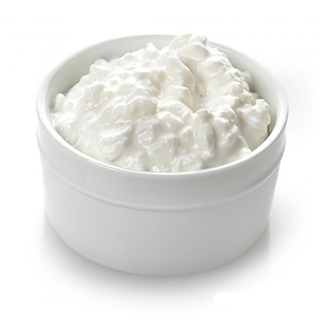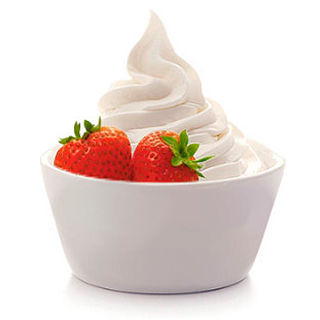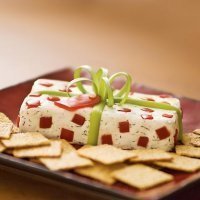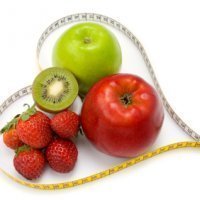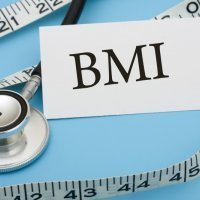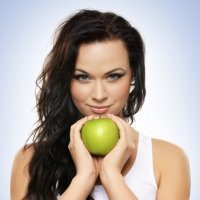Vitamin B2 and Top 9 Foods Highest in Vitamin B2 (Riboflavin)
Vitamin B2, also known as riboflavin, is responsible for metabolism and chemical transformations of proteins, fats and carbohydrates in our body. It is essential for red corpuscles formation, cell respiration and growth of the whole body. Consumed with vitamin A, it improves sight, especially night sight and prevents cataract. Riboflavin protects our respiratory passages against different toxins. It has a proven benefit in preventing migraine headaches and may help with memory loss. Not proven benefits are maintaining healthy skin and nails and curing acne. It is a critical component in energy production. It also promotes the growth of bones, nails, hair and skin.
In the modern world, the richest sources of vitamin B2 are dietary products. Milk and yogurt are the foods we consume every day. They are tasty, affordable and especially loved by kids.
Vitamin B2 is mostly damaged by light. That is why all the milk in supermarkets is sold in the packaging that is light-protective. If you are buying cheese or yogurt, try to choose the products that are fully covered and not exposed to any light. Such products will be richer in riboflavin.
Interaction Of Vitamin B2 With Other Nutrients
As was mentioned above, vitamin B2 is crucial for blood cell creation. It is needed for including iron into a red blood cell. Vitamin C also interacts with riboflavin in a way that helps to preserve it even in foods exposed to light. Vitamin B2 is essential for vitamin B6 absorption. That is why riboflavin deficiency may result in lack of vitamin B6.
Deficiency Of Vitamin B2
Vitamin B2 deficiency occurs very rarely. The potential group of risk detached by the doctors includes young people with vegan or vegetarian lifestyle. The symptoms of riboflavin deficiency are the following: poor appetite, weight loss, headaches, sight problems, pain in the corners of lips. If not treated properly, these symptoms can turn into dermatitis, loss of hair, indigestion, dizziness, insomnia, slower brain response and growth inhibition.
Dietary Toxicity Of Vitamin B2
No medical studies indicate Vitamin B2 toxicity as a problem. The only side effect experienced by people who consume lots of riboflavin containing foods is change of urine color into more yellow. This phenomenon is completely harmless.
Foods High In Vitamin B2
1. Pine Nuts
 Types of Pine Nuts Rich in Vitamin В2 (100g):
Types of Pine Nuts Rich in Vitamin В2 (100g):
| Vitamin B2 in Nuts, Pine Nuts, Dried | |
| 100 g | 1 cup (135 g) |
| 0.23 mg (14% DV) |
0.31 mg (19% DV) |
Pine nuts are the number one source of vitamin B2. 100g of these nuts can give our body 0.23mg of riboflavin and daily requirement of manganese and zinc. They are also very high in vitamin B1 and vitamin E. The proteins from pine nuts are perfect for people who stick to vegetarian diet. As a natural food product, consumption of pine nuts brings no side effects. The most common way to consume this product is in some cookies or desserts, but roasted nuts are a perfect addition to different sauces, pasta and salads.
2. Liver
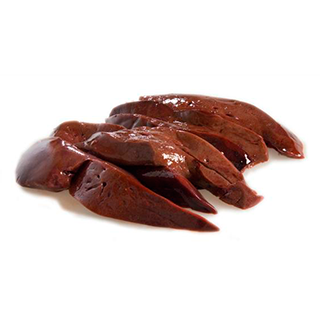 Types of Liver Rich in Vitamin В2 (100g):
Types of Liver Rich in Vitamin В2 (100g):
| Vitamin B2 in Lamb, Variety Meats And By-products, Liver | |
| 100 g | 1 oz (28 g) |
| 3.63 mg (227% DV) |
1.03 mg (64% DV) |
Liver contains 70-73% of water, 2-4% of fat, 17-18% of proteins, including all the vital amino acids. It is also extremely rich in B complex vitamins. For instance, 100g of liver contain 3.6 mg of vitamin B2. One of the healthiest foods from this group is cod liver. It is usually sold in cans. Besides, it can be smocked. You can eat it in a form of sandwich or as a part of a salad. Either way, try to include cod liver to your meal at least three times a week and you will notice some drastic changes in your body’s condition.
3. Almond
| Vitamin B2 in Nuts, Almonds, Blanched | |
| 100 g | 1 cup whole kernels (145 g) |
| 0.71 mg (44% DV) |
1.03 mg (64% DV) |
Almonds contain from 35 to 67 percent of oils. However, they are also one of the best protein plant sources. These nuts can provide you with almost as much protein as meat (up to 30%). Almonds enclose a variety of minerals, which are essential for preserving bone strength: calcium, magnesium, manganese and phosphorus. 100g of them can supply body with 0.7 mg of riboflavin. Almonds, or better say almond flour, are a famous ingredient of macarons ingredient, and my personal favorites are the ones covered with chocolate.
4. Eggs
| Vitamin B2 in Egg, Whole, Fresh | |
| 100 g | 1 medium (44 g) |
| 0.46 mg (29% DV) |
0.2 mg (13% DV) |
Eggs are the only product that is almost fully absorbed by the human body and leaves no toxins or any other unhealthy elements. They are very high in proteins, essential for proper metabolism and body development. An egg contains all essential nutrients: calcium, potassium, phosphorus, magnesium, iron, zinc, iodine, manganese, B vitamins (B1, B2, B3, B6, B9, B12), and vitamins E, C, D, A, etc. 100g of eggs contain 0.46 mg of riboflavin. This food product can be a part of any meal. It may be incorporated into salads, soups, vegetable scrambles and lots of desserts.
5. Cheese
| Vitamin B2 in Cheese, Gjetost | |
| 100 g | 1 oz (28 g) |
| 1.38 mg (86% DV) |
0.39 mg (24% DV) |
Another great product you should consume to get sufficient amount of vitamin B2 is cheese.
100g of good cheese usually contains up to 1.4 mg of riboflavin. It is also high in protein and fat. That is why you need to be very careful consuming it. Do not cross the limit of 150g. High-quality cheese is fully digested by our body, but only if you eat it in a natural form, without any thermal processing. In case you consume melted cheese, you risk overloading you body with fats that are difficult to absorb.
6. Cottage Cheese
| Vitamin B2 in Cheese, Cottage, Lowfat, 2% Milkfat | |
| 100 g | 1 cup (not packed) (226 g) |
| 0.2 mg (13% DV) |
0.45 mg (28% DV) |
Cottage cheese may contain up to 20% of fat, but there are different dietary versions of this product. It can reduce the level of cholesterol in our body and, most importantly, prevents liver diseases, which may arise as a result of harmful effect of toxins. It is difficult to find a better source of calcium and other nutrients needed for pregnant women and nursing mothers. 100g of cottage cheese can provide body with 0.2 mg of vitamin B2. It also contains vitamins A, E, F, B6 and B12. Great nutritional value is the reason why cottage cheese is highly recommended to be included to kids’ diet. There are a lot of yummy and simple recipes that include this food product. Cottage cheese biscuits, pies and pancakes can easily become your family favorites, just try them out!
7. Yogurt
| Vitamin B2 in Yogurt, Greek, Plain, Nonfat | |
| 100 g | 1 container (170 g) |
| 0.28 mg (18% DV) |
0.48 mg (30% DV) |
Yogurt is also considered to be high in vitamin B2 food. Besides riboflavin it contains a large amount of other vitamins (A, E, H, C, D,) and minerals (iron, zinc, potassium, calcium, sodium, phosphorus, iodine). It is easy to digest for our body. Yogurt is a very good source of probiotics, which have beneficial effect on our stomach, increase number of microorganisms and improve metabolism. Yogurt is a traditional breakfast meal. Nuts and fruits enrich its nutritional value and make it taste even better. It is also great in low-calorie sauces, where you can add it instead of oils.
8. Spinach
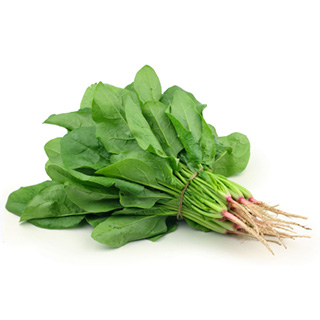 Types of Spinach Rich in Vitamin В2 (100g):
Types of Spinach Rich in Vitamin В2 (100g):
| Vitamin B2 in Spinach | |
| 100 g | 1 bunch (340 g) |
| 0.19 mg (12% DV) |
0.65 mg (40% DV) |
Spinach is a low-calorie product. 100g of it contains only 22 calories, and 0.2 mg of vitamin B2. Spinach leaves are also high in vitamins C, A, B1, B6 and E. This vegetable is especially useful in the areas where people experience iodine deficiency. It is a valuable source of protein. Only underripe peas and beans contain more protein than spinach. It is also famous for being high in iron. Its tasty laves can be cooked in very different ways. I recommend you to try mushrooms and spinach Italian salad.
9. Broccoli
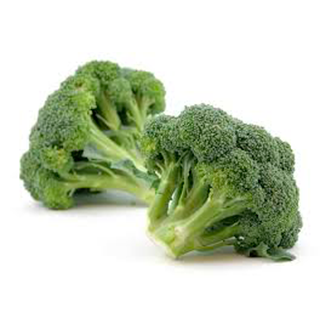 Types of Broccoli Rich in Vitamin В2 (100g):
Types of Broccoli Rich in Vitamin В2 (100g):
| Vitamin B2 in Broccoli | |
| 100 g | 1 bunch (608 g) |
| 0.12 mg (8% DV) |
0.73 mg (46% DV) |
Our last, but not least, item in this rating is broccoli. As well as spinach, this vegetable is very rich in nutrients. Besides vitamin B2 it contains fiber, potassium, phosphorus, calcium, magnesium, iron, zinc, and vitamins C, B1, B5, B6, E and K. Broccoli can be served raw, boiled, steamed and fried. It is also used as an ingredient in soups, sauces for pasta and even cakes.
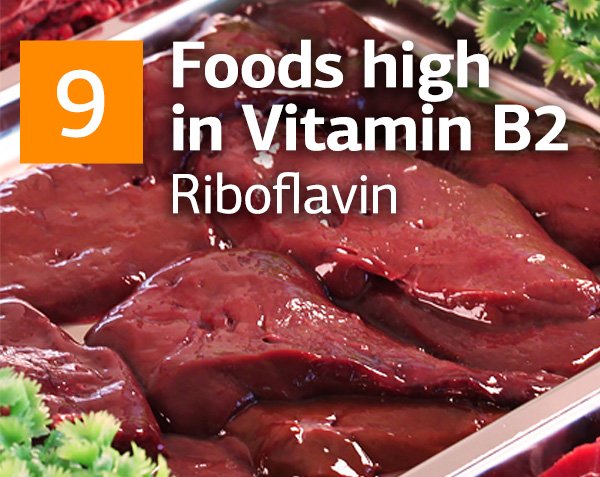

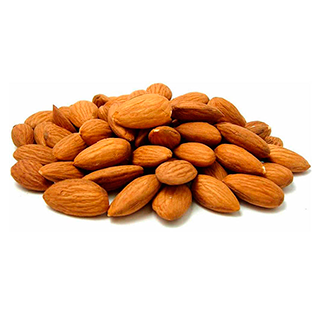
.jpg)

